[ad_1]
Shanghai in March is still a good time to see a variety of buntings before they migrate North. Most of them are easy to see – the Japanese Reed Bunting is not. Indeed it is listed as Near Threatened, which is a pity as it is kind of a soulmate of mine (eBird: “Not as social as Reed and Pallas’s Buntings and doesn’t expose itself as often; usually solitary”).
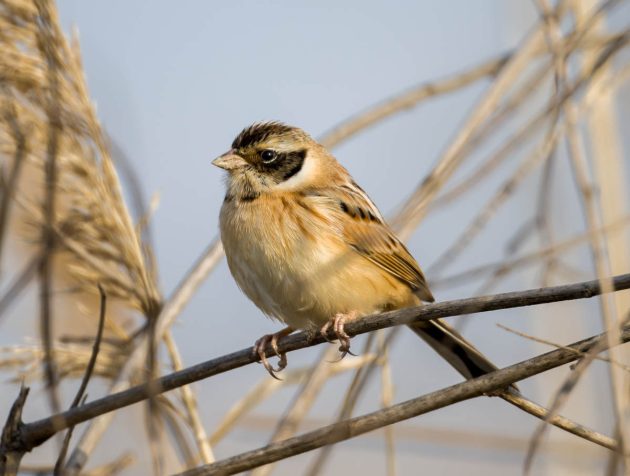
And of course, its main field mark is invisible, or as eBird says, “Ochre rump is visible in all plumages and is diagnostic, but it can be difficult to see”.
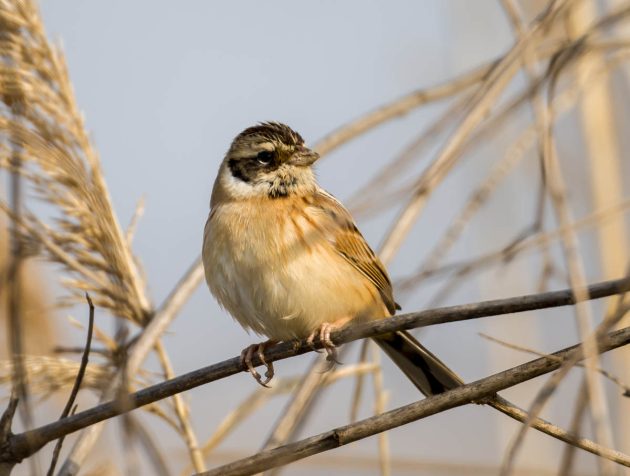
Other buntings (for which at the end of a slightly overlong winter season I cannot be bothered to dig out further semi-interesting information) include the Pallas’s Bunting aka Pallas’s Reed Bunting (more social than the Japanese one, see above) …
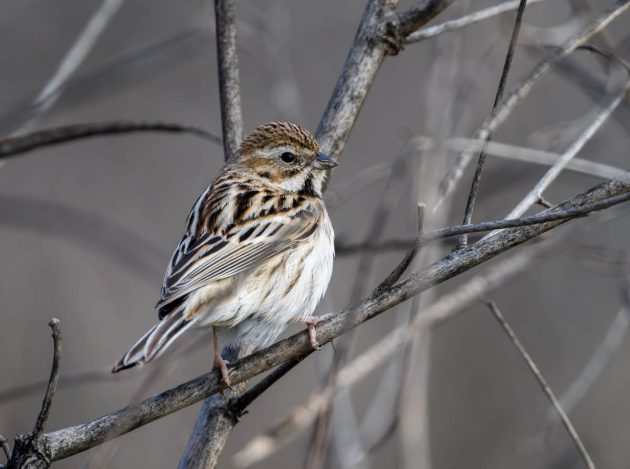
… Yellow-throated Bunting …
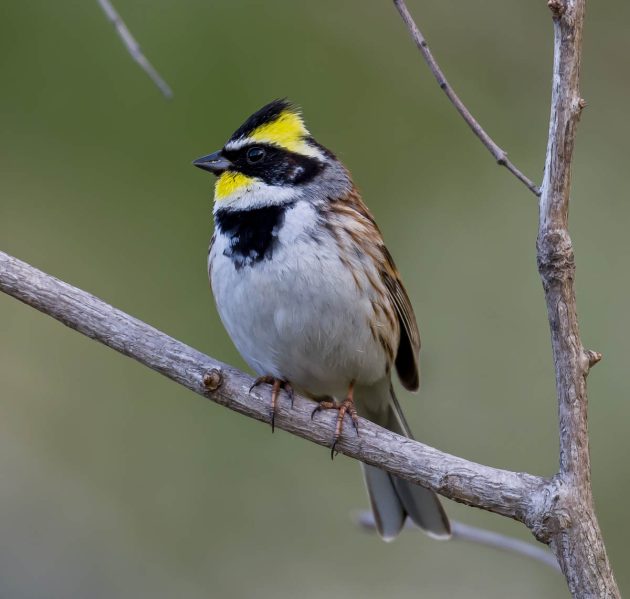
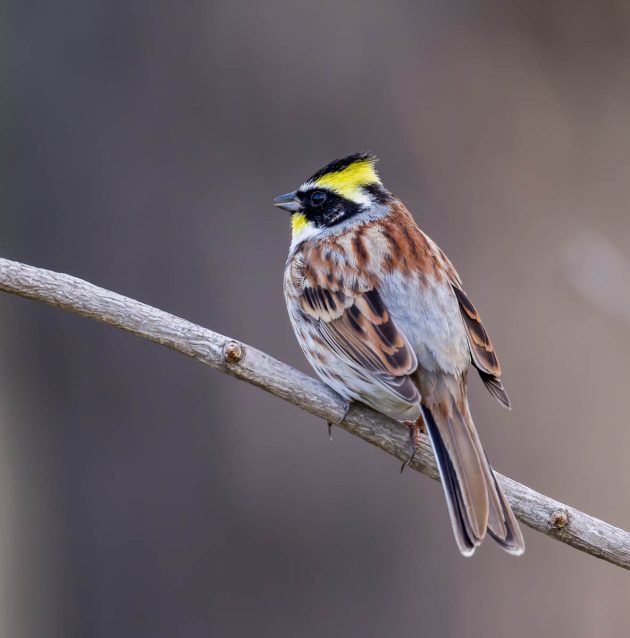
… Yellow-browed Bunting …
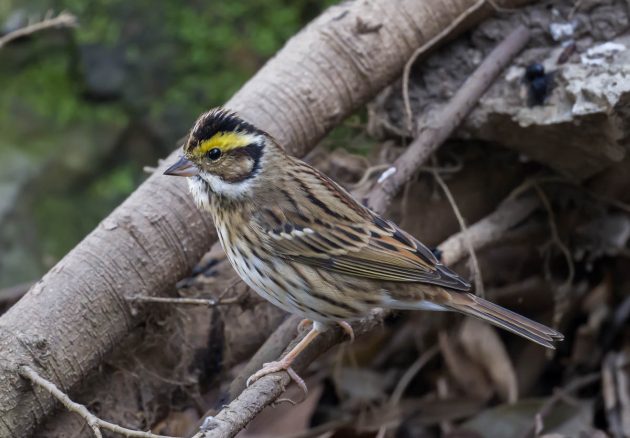
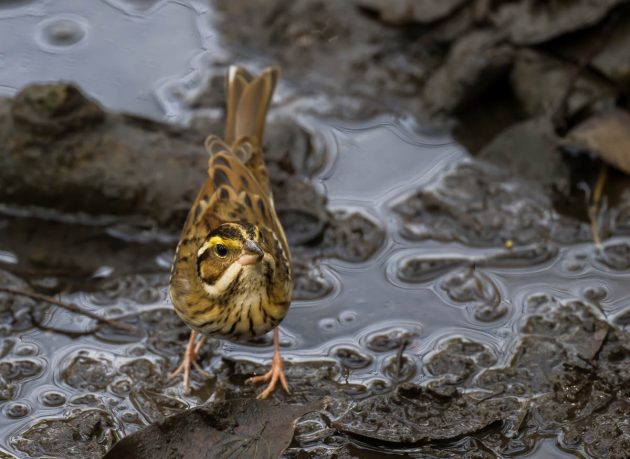
… Black-faced Bunting …
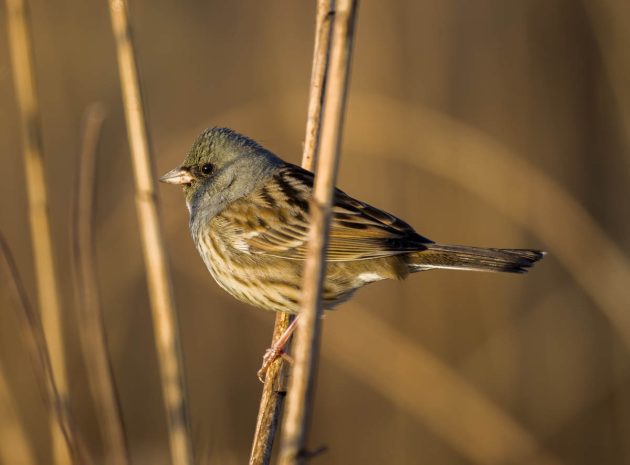
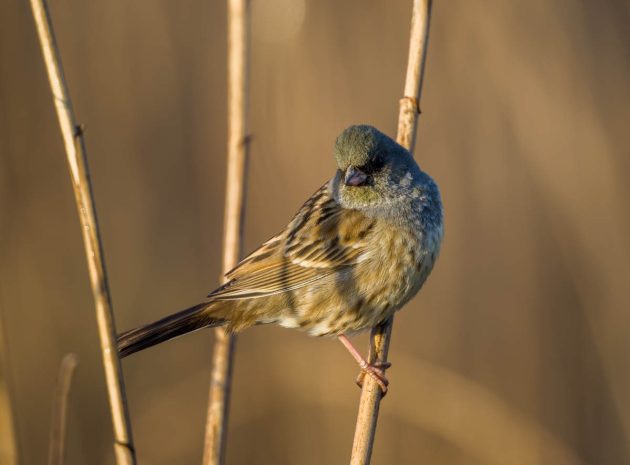
… Little Bunting …
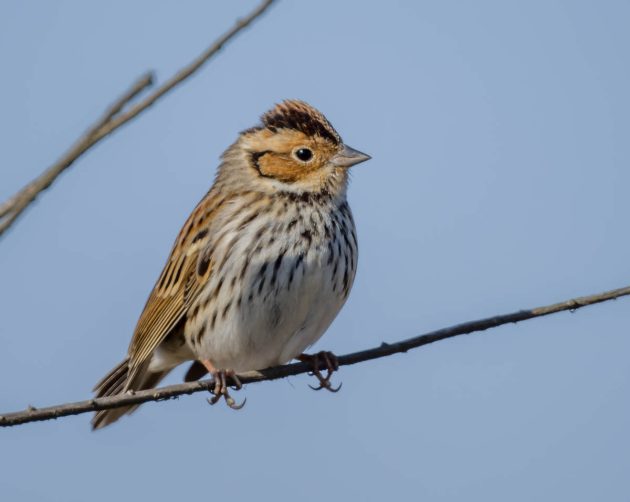
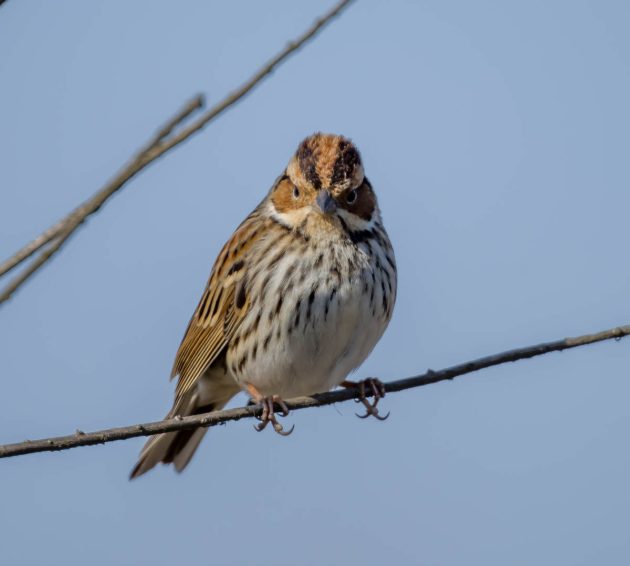
and Tristram’s Bunting.
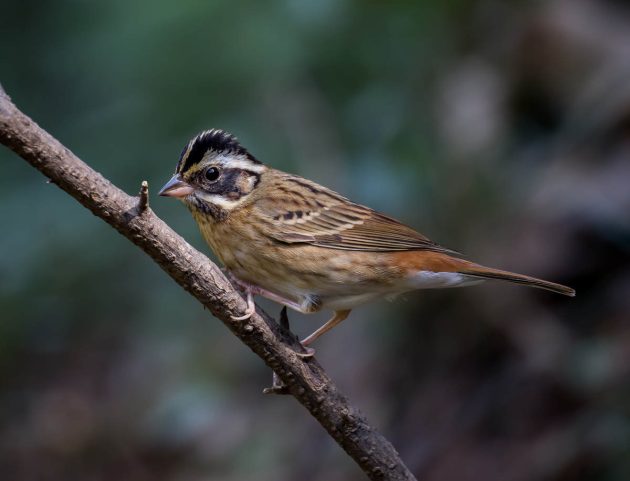
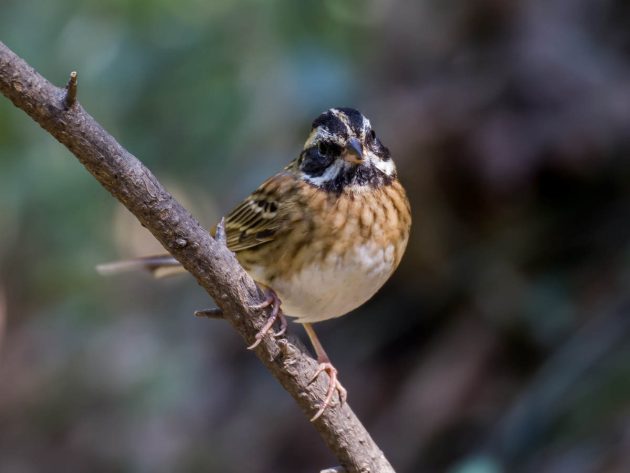
If you are more interested in wet tits than in buntings, here are some Japanese Tits.
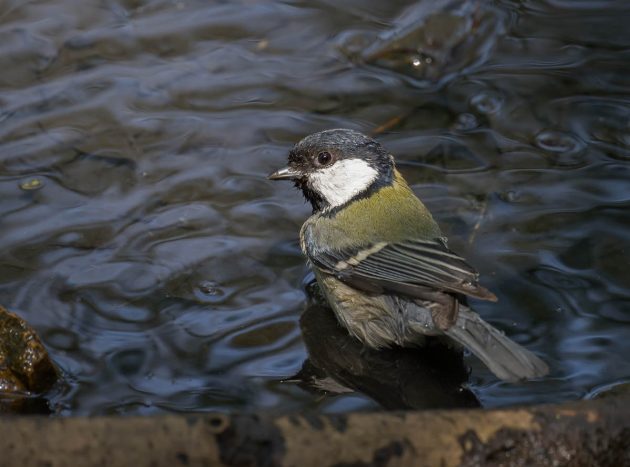
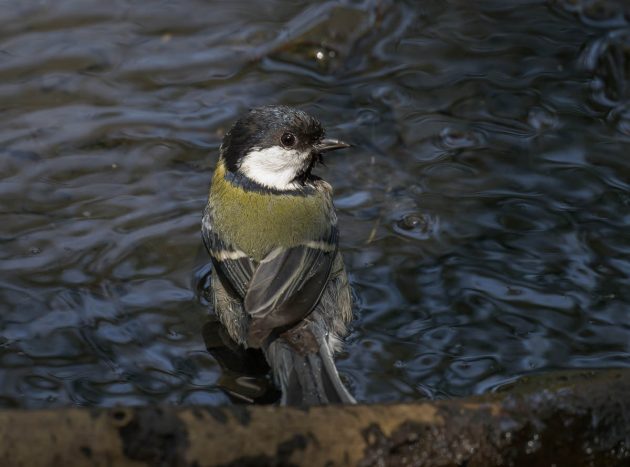
Black-throated Bushtits do not lend themselves to bad jokes quite as well. But they are cute …
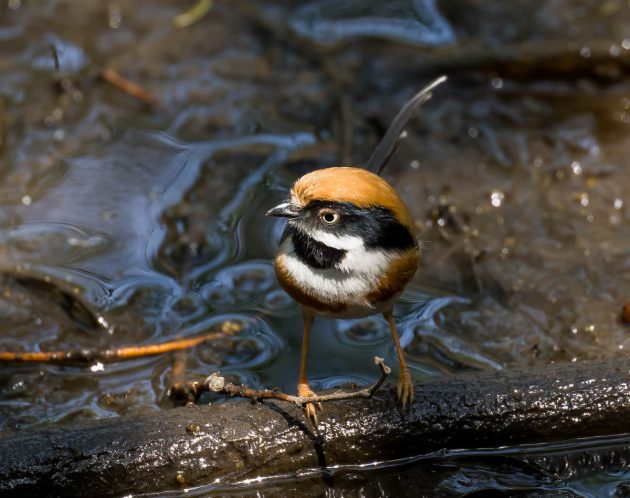
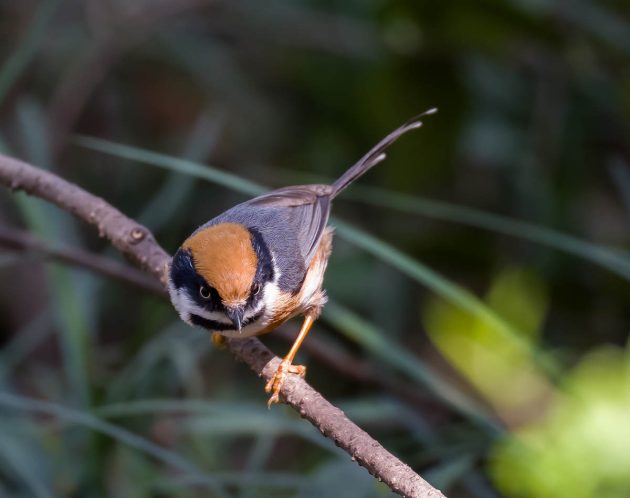
… particularly when reenacting a painting by Caspar David Friedrich, “Wanderer über dem Nebelmeer” (Wanderer over the sea of fog). Ok, minus the fog.
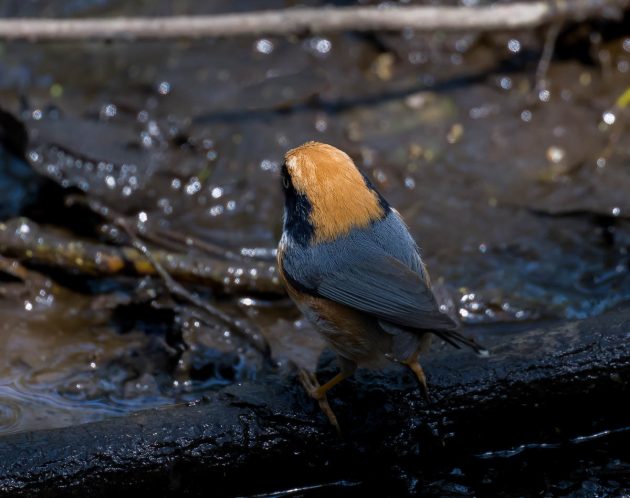
Contrary to what I wrote in my February post, a few Hooded Crane couples have now chosen to have two chicks. Maybe the grandparents help.
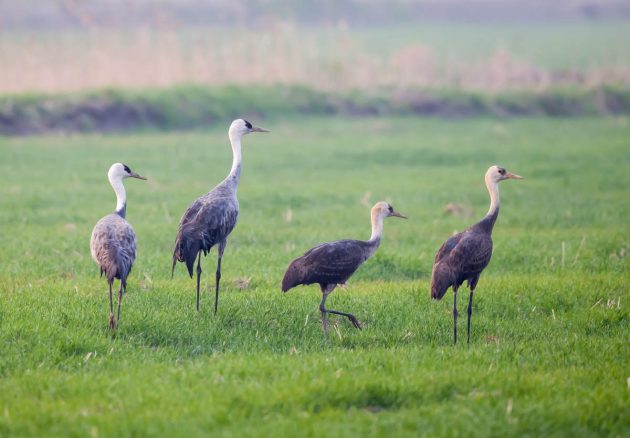
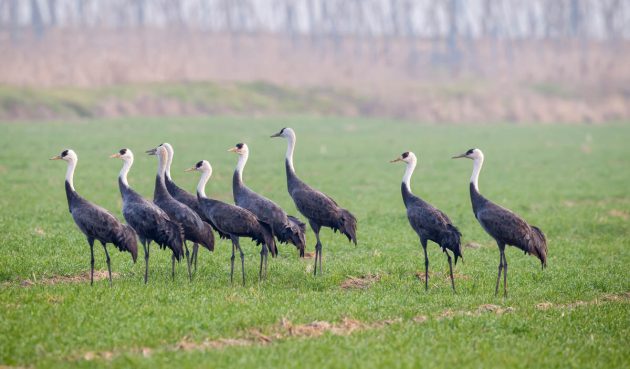
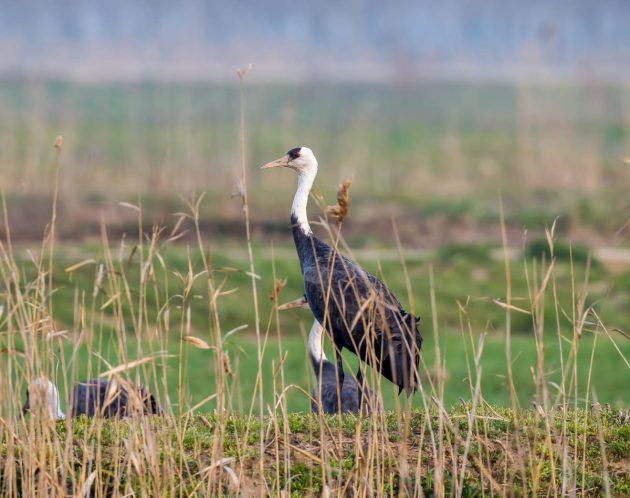
Chinese Penduline Tits are not particularly woke birds. For 80% of all nests, uniparental care was observed, primarily by the female (71% vs. 9% by the male). Presumably, the majority of males have a lot of mediocre jokes about their chick-caring conspecific males.
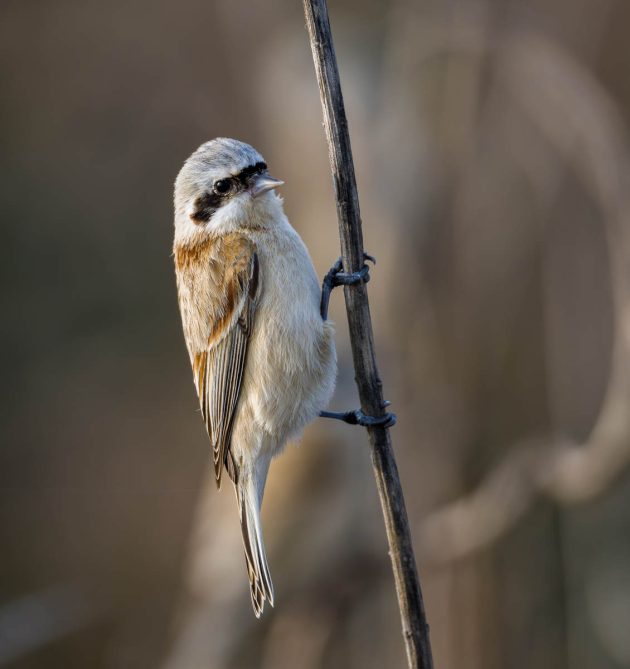
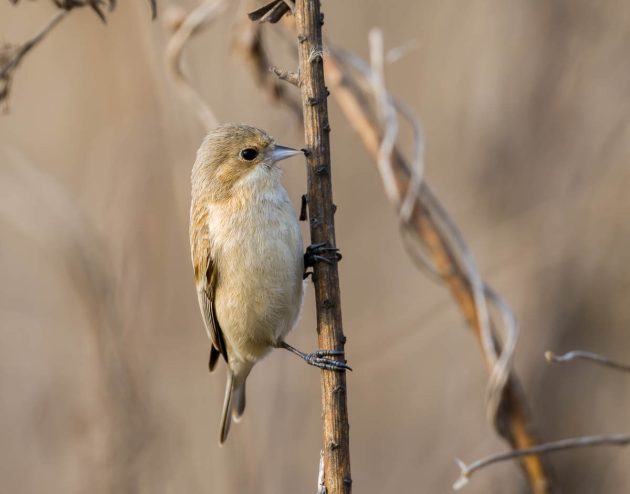
White’s Thrush is described as “burly” on eBird – not entirely unjustified, I guess, but this description fails to capture the way the intricate patterns of the bird make for great camouflage and also for its own kind of beauty.
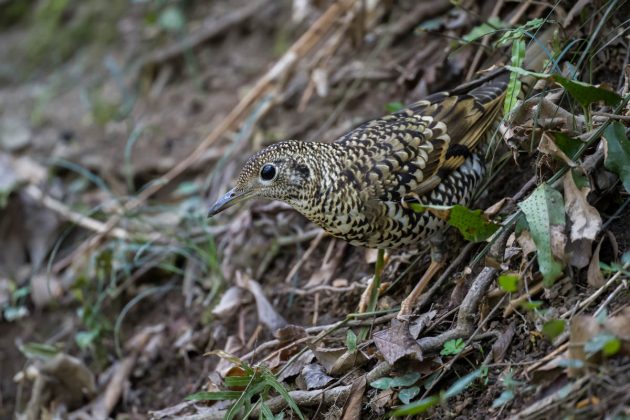
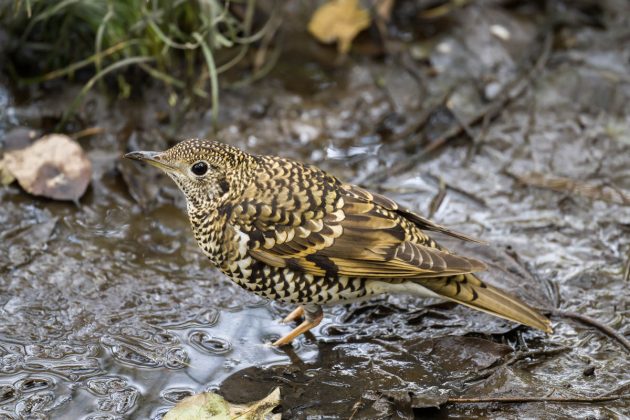
The Common Pheasants in Shanghai are all wild – there is no program of supporting the wild population by releasing hand-reared birds. Such programs are somewhat inefficient anyway – in one study, the breeding success of wild male pheasants was 2-5 times higher than for hand-reared and released ones while for females, hand-reared birds were 3 times as vulnerable to predation as the wild ones. Makes you wonder whether kindergartens are such a good idea. Maybe children should just be released into the wild as soon as possible.
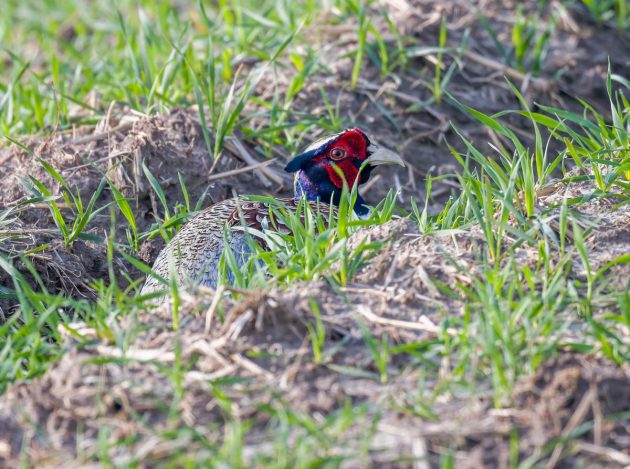
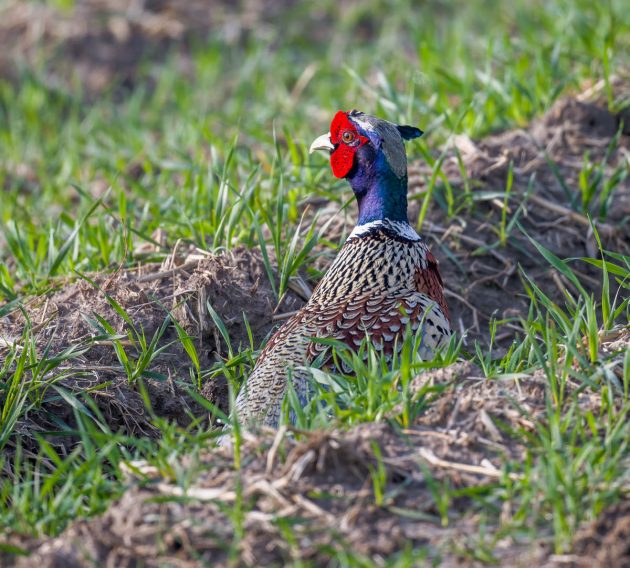
A Pale Thrush with a bad hair day.
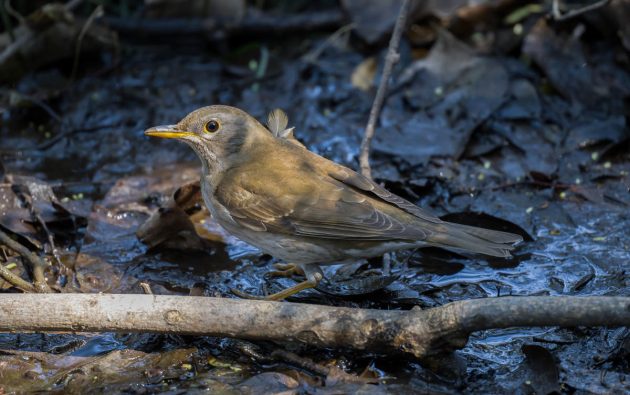
Its mood is not helped by the ambiguous review on eBird: “Although not actually pale, this brownish songbird is one of the plainer thrushes in its range”.
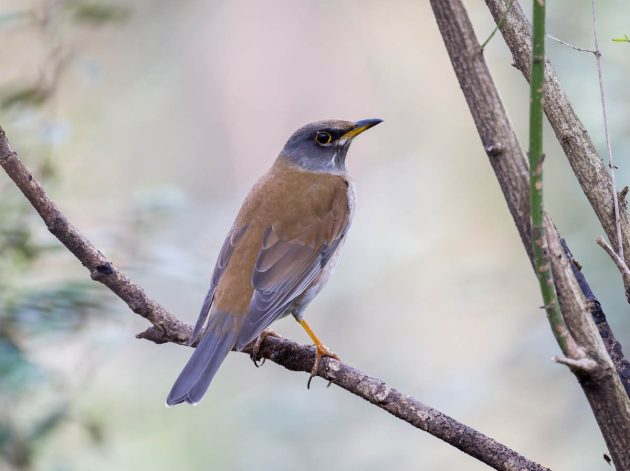
The Latin species name of the Dusky Thrush is eunomos (I guess that is Greek, but whatever) – meaning well-ordered. Apparently, this name is derived from the well-ordered patterns of the male.
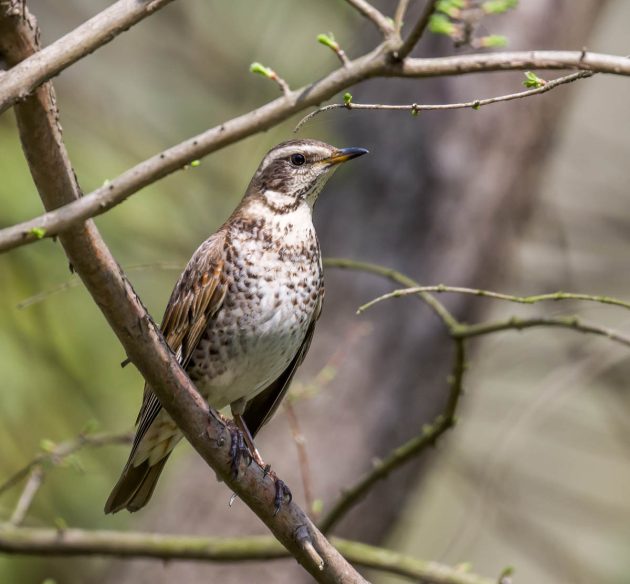
And of course, the photos here show a female, as far as I can tell.
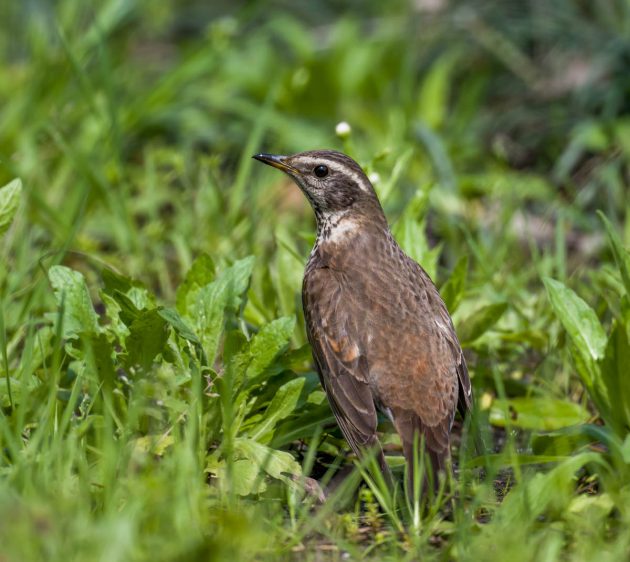
Apparently, there is a website just showing stamps depicting bird species. One page is dedicated to the Long-tailed Shrike. It is a bit hard for me to think of much of an overlap between birders and stamp collectors, but if it did not exist, why would (for example) the Republique Federale Islamique des Comores issue shrike-themed stamps?
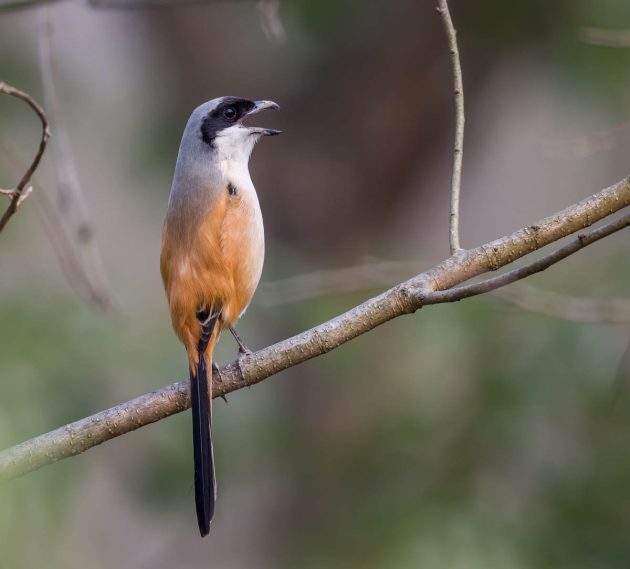
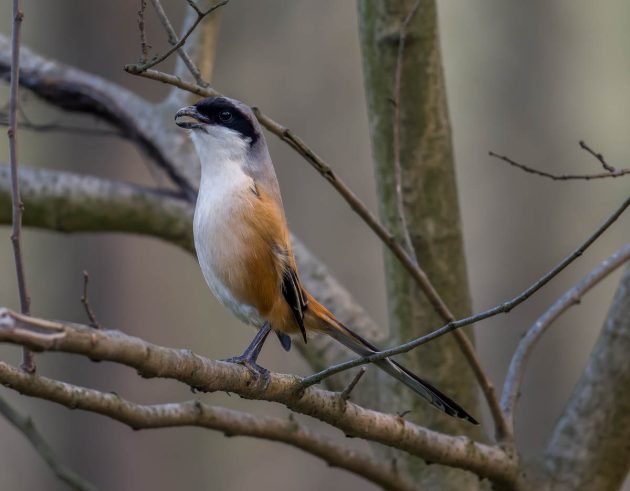
I am not sure how it is in male opera singers – do older singers sing longer? At least that is how it is among Common Rosefinches: older males sing with a longer strophe length than yearlings.
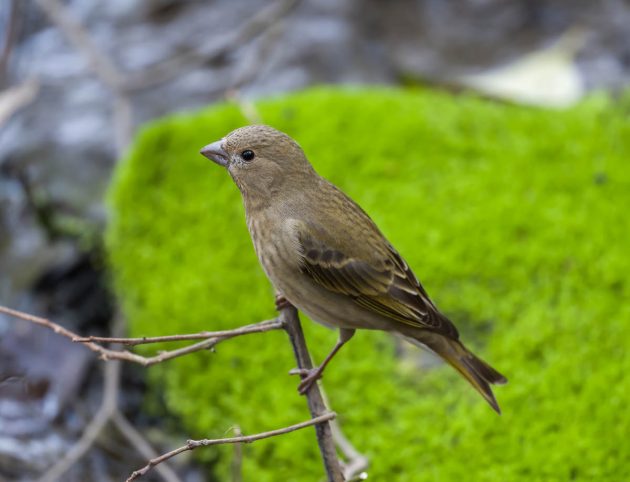
Of course, this factoid should be presented with a photo of a male, not a female rosefinch. Alas, it seems they were already gone from Tianmashan in March.
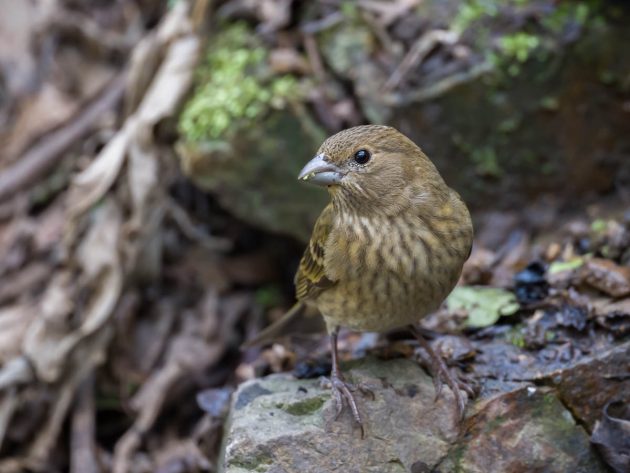
It may not sound fair, but high-quality individual Grey-capped Greenfinches prefer to mate with each other (source).
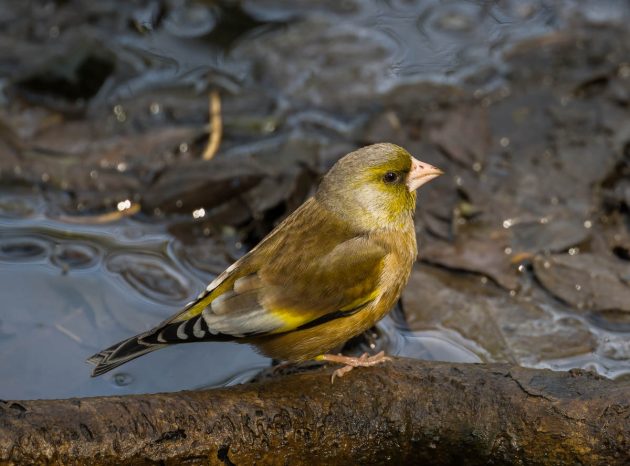
What some of the less attractive birds then think is probably along the lines of “If I’m Not Hot, Are You Hot or Not?”, which by some remarkable coincidence is also the title of a paper on “Physical-Attractiveness Evaluations and Dating Preferences as a Function of One’s Own Attractiveness” (among humans, not Grey-capped Greenfinches).
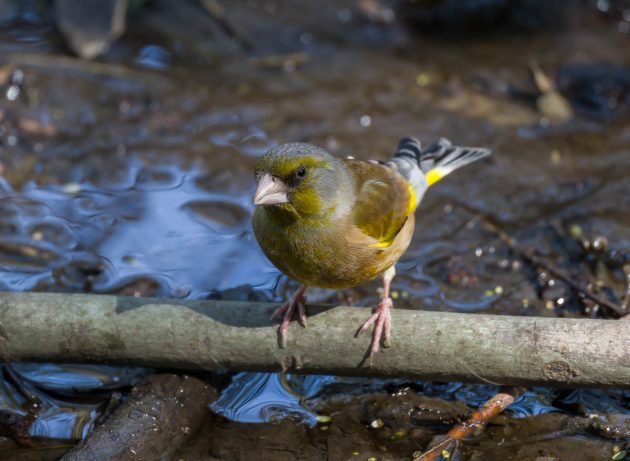
That paper raises an interesting question: “When less attractive people accept less attractive dates, do they persuade themselves that the people they choose to date are more physically attractive than others perceive them to be?”, with the answer given “Less attractive people do not delude themselves into thinking that their dates are more physically attractive than others perceive them to be”. So, people presumably end up being depressed and realistic rather than happy and delusional.
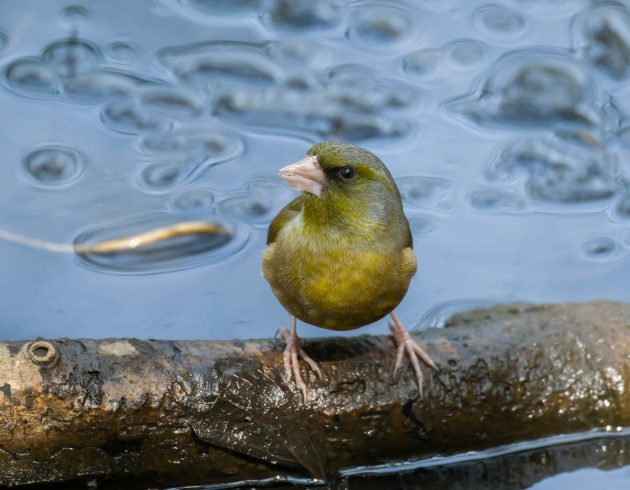
In my experience, people eat more food they are familiar with than food that is unfamiliar. They also eat more when together with other people. Finally, they are more willing to eat new types of food when other people they are together with eat these new foods as well. All this was verified in a study.
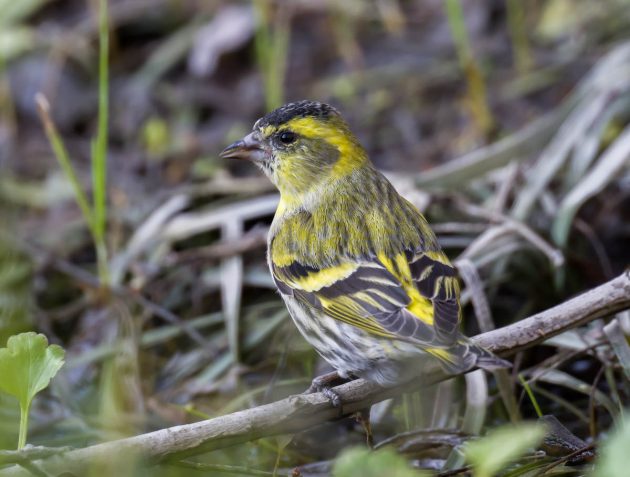
Wait, the study was not done with people but with Eurasian Siskins.
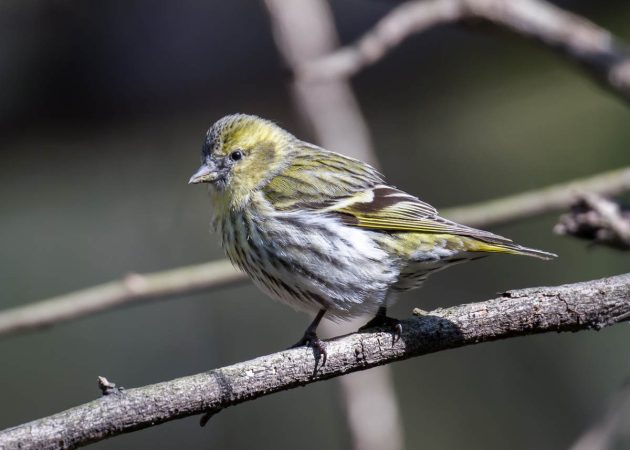
Chinese Blackbirds are among the most common birds in the Shanghai compound where I live (and where fortunately this year I am not actually locked in, a contrast to the situation one year ago). It was my impression that they are thriving here, and a very recent (2023) paper confirms that indeed Chinese Blackbirds do well in cities. 16% of urban nests were invaded by predators but 43% of rural nests were.
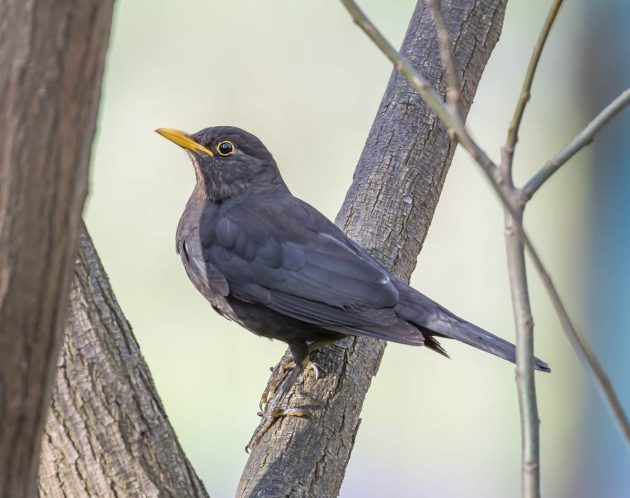
They are described as “larger and more powerful than the Common Blackbird of Europe” – I can imagine some Chinese nationalists rejoicing that “my blackbird can beat your blackbird” …
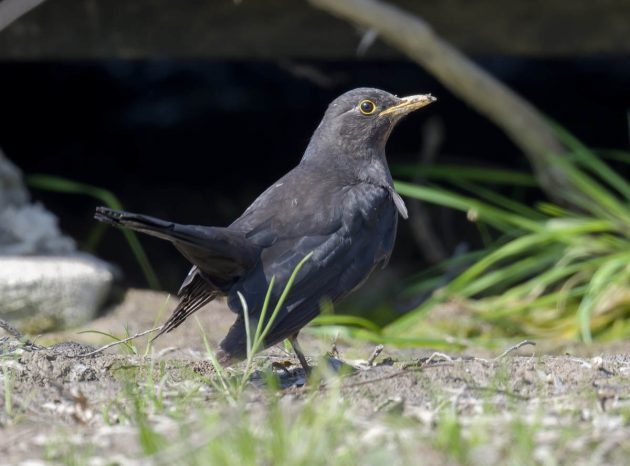
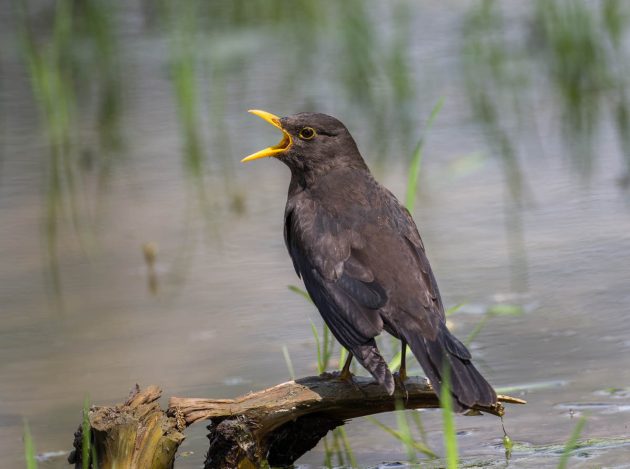
According to Wikipedia, the distribution of the Red-billed Leiothrix stretches over India, Bhutan, Nepal, Burma, and parts of Tibet. In truth, it is present in many parts of China (not mentioned) but not really in Tibet. This leads us to the shocking realization that there is a mistake on the internet. Mind you, this is not the first time – this has happened before, as reported by The Onion. Still, I am shocked. What is next? Lying US-Ex-Presidents?
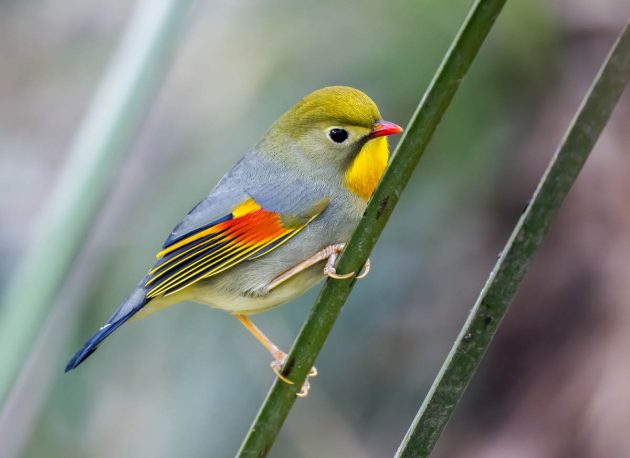
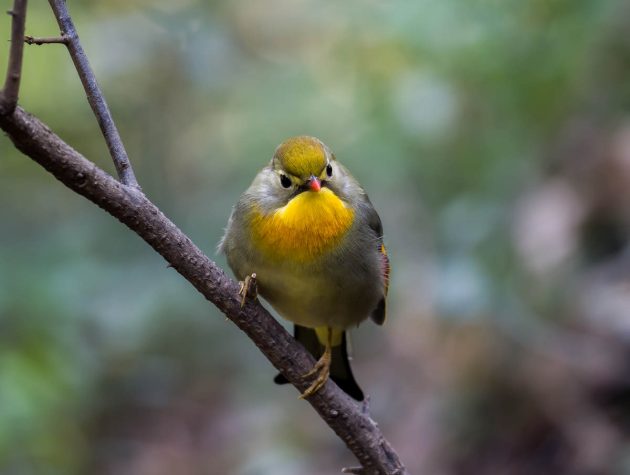
Strangely, the HBW calls the Red-billed Leiothrix a “medium-sized, green and yellow babbler” – to me, the description of the bird as green seems quite far-fetched. Notes on colorblind ornithologists part 1.
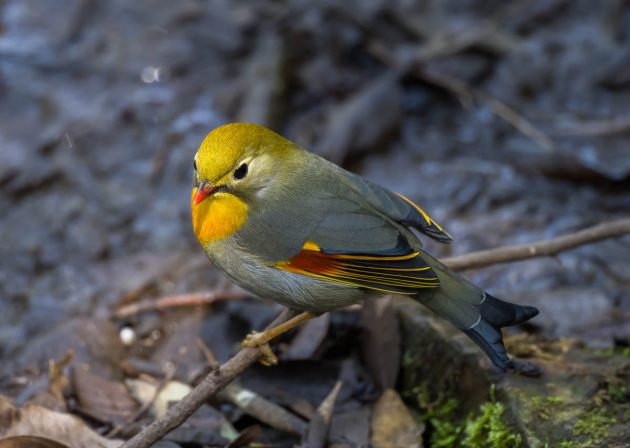
“It ain’t easy being called green”
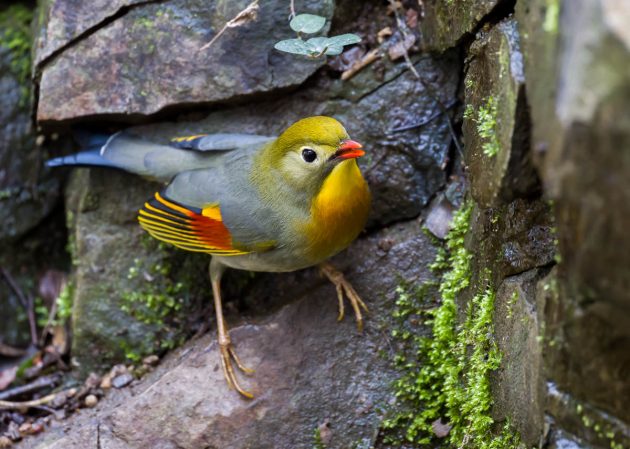
Notes on colorblind ornithologists part 2: a bird with orange legs (Spotted Redshank) and one with yellowish ones (Common Greenshank).
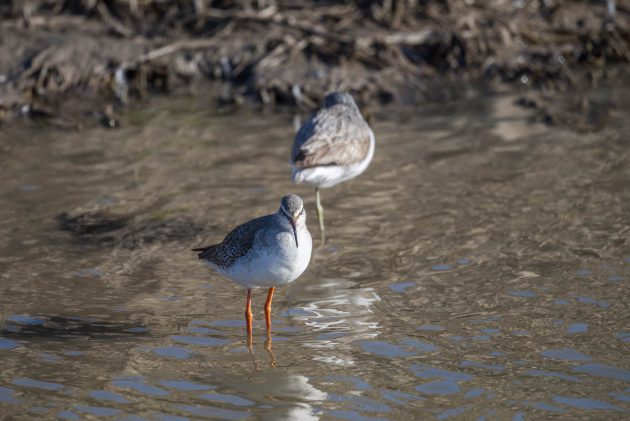
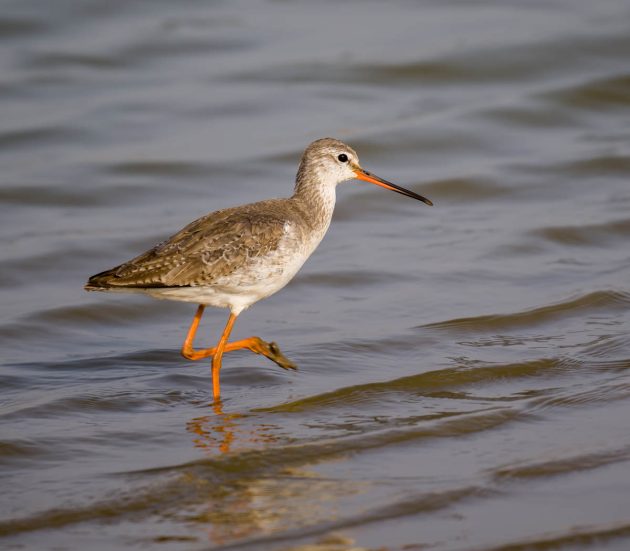
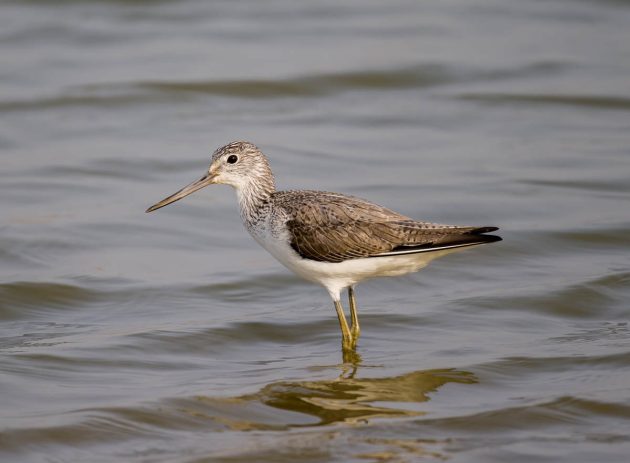
(I tried to think of a joke dedicated to George Santos – something about the legs of the Greenshank not being yellowish but yellow-ish – but could not make it work. Any suggestions?).
Notes on colorblind ornithologists part 3: Green (?) Sandpiper.
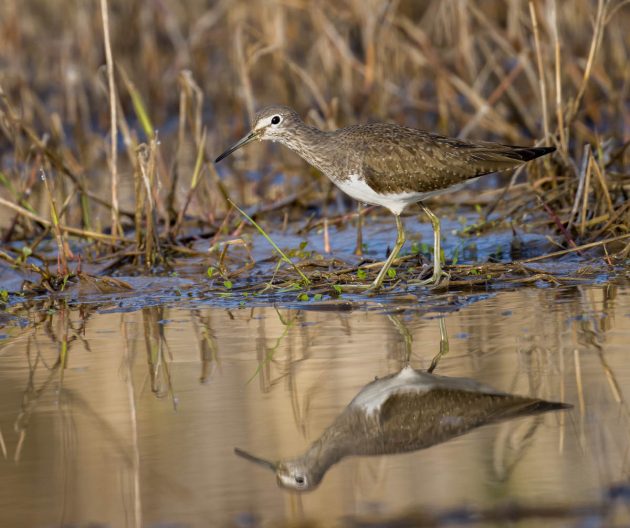
Notes on colorblind ornithologists part 4: Black Bulbul.
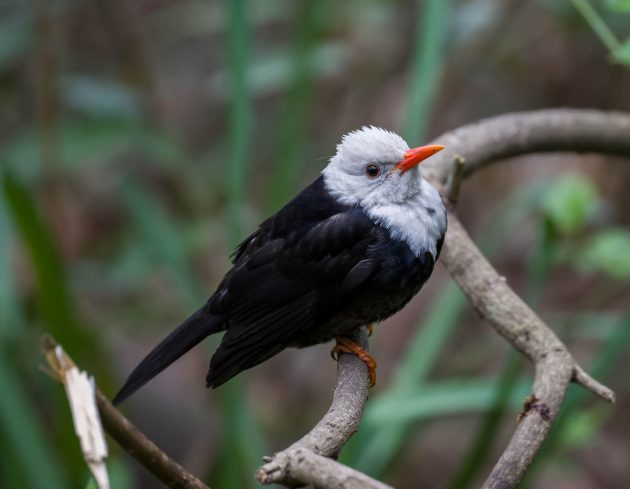
(yes, I know this is the white-headed morph – but that is the one most easily seen in Shanghai, and don’t you think that mentioning that only a specific morph makes the name of the species nonsensical is rather a lame excuse?)
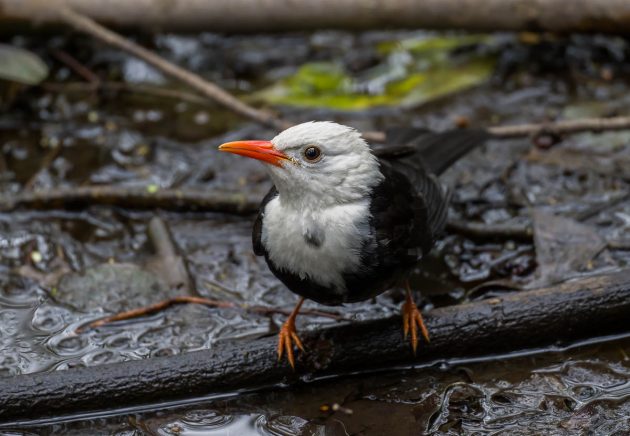
To be fair, the name of the Chestnut Bulbul seems appropriate – apparently, not all ornithologists are color blind.
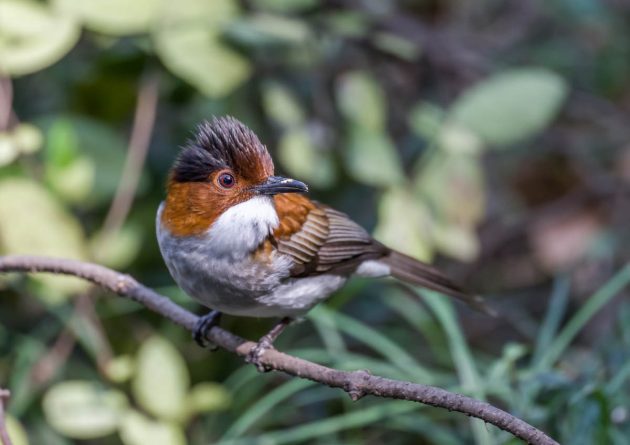
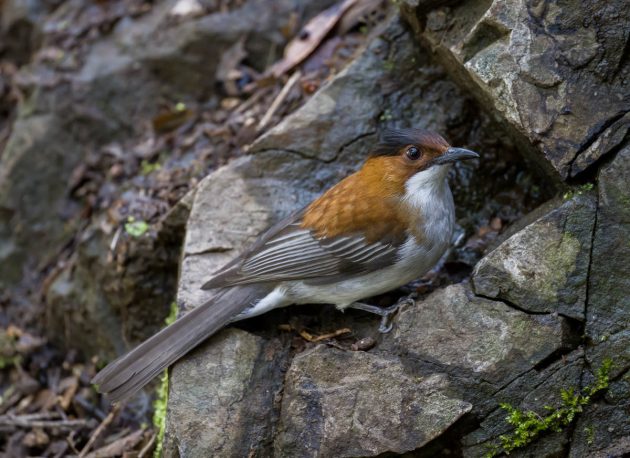
The Chinese name of the Rufuous-faced Warbler mysteriously translates as Brown-faced Flycatcher Warbler (Zong Lian Weng Ying) – colorblind Chinese Ornithologists?
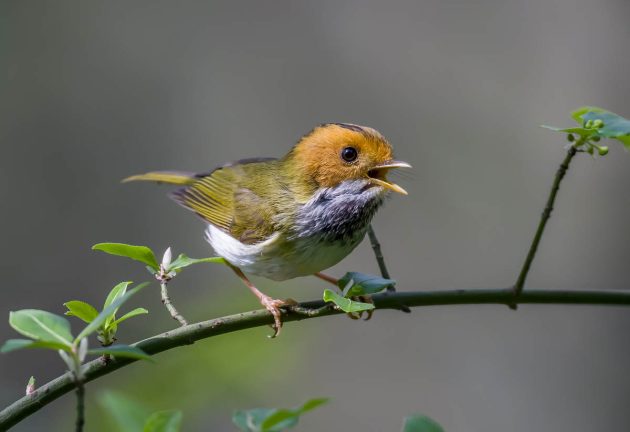
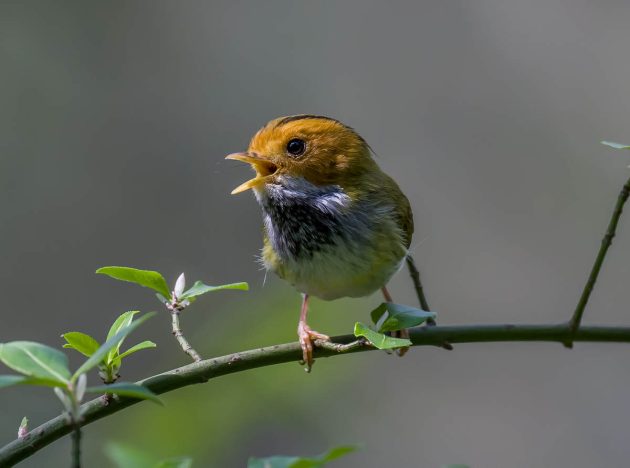
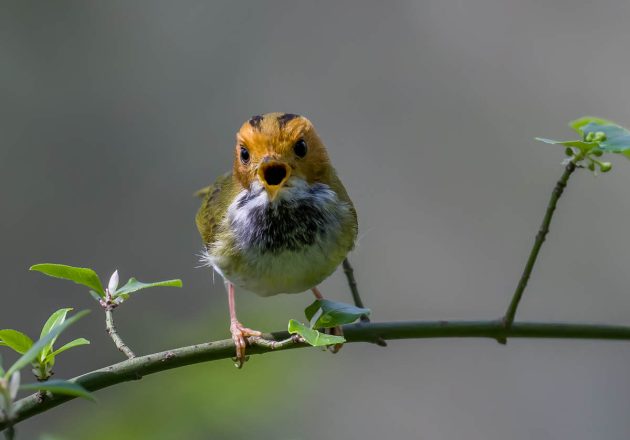
Perhaps to avoid further criticism, the same Chinese colorblind ornithologist then chose a color-free name for the Brown(ish)-flanked Bush Warbler?
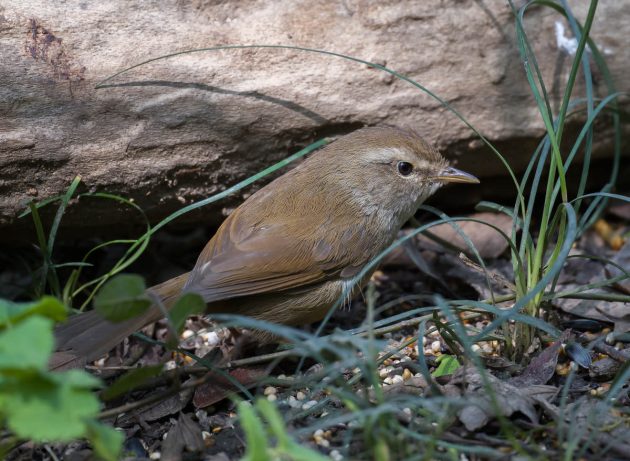
Indeed, the Chinese name translates as Strong-footed Tree Warbler (Qiang Jiao Shu Ying). Actually, that is more aligned with the Latin species name (fortipes) than the English name.
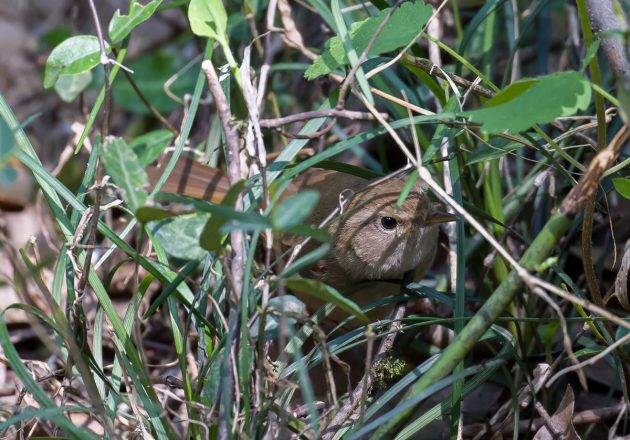
So maybe the English-speaking ornithologists just wanted to show off their non-colorblindness.
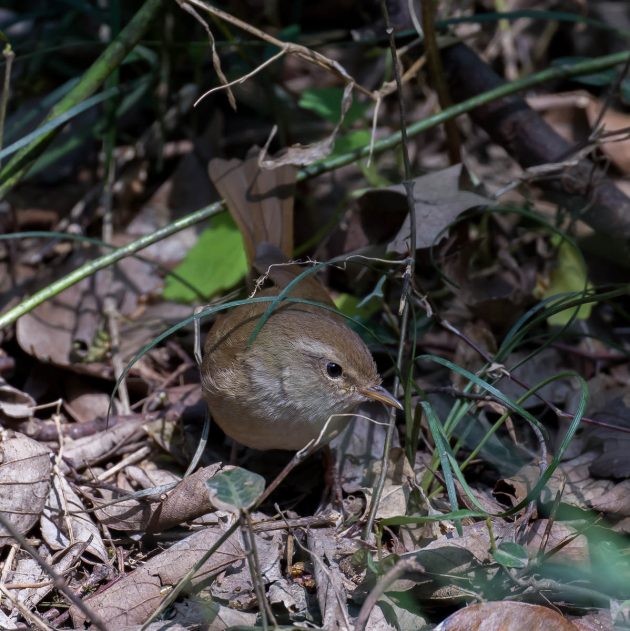
The Light-vented Bulbul apparently benefits from being a social animal, which I personally (being not very social) find a bit unfair. A paper with the largely self-explanatory title “Eating More and Fighting Less: Social Foraging Is a Potential Advantage for Successful Expansion of Bird Source Populations” links the successful range expansion of the Light-vented Bulbul compared to a similar species (Collared Finchbill) to the bulbuls being more likely to forage in larger groups than the finchbills.
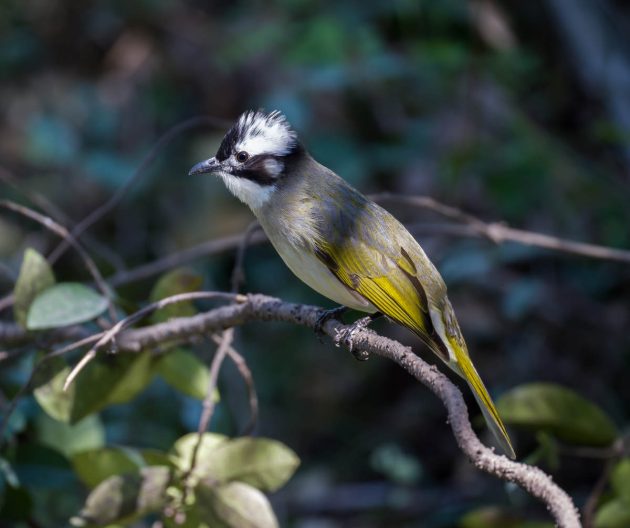
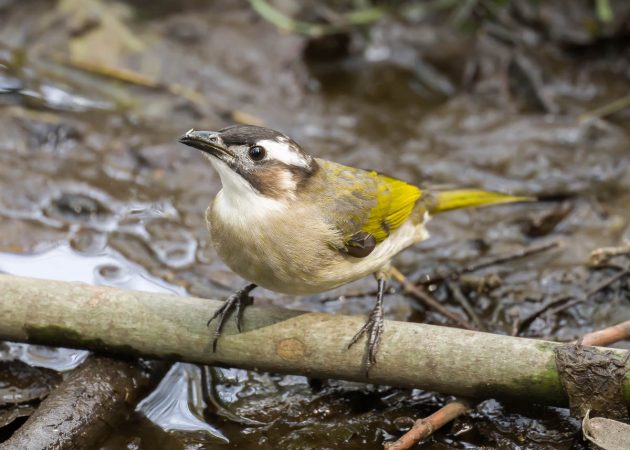
And here is the Collared Finchbill, who like me suffers from being less social than others. Which limits both its and my range expansion (though in my case, not having kids is an important additional factor).
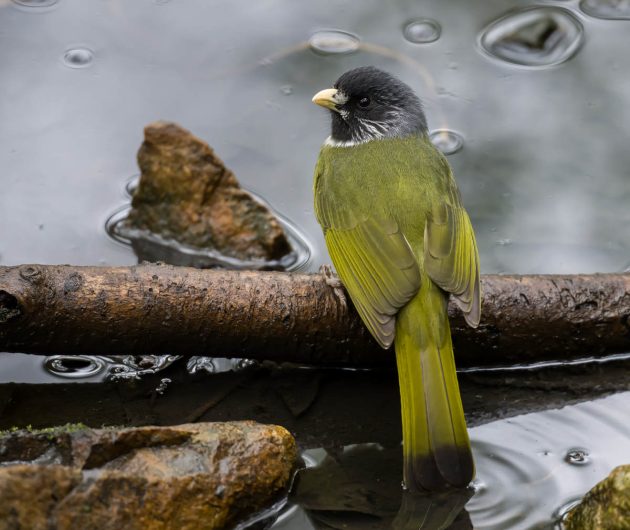
For fairly obvious reasons, the Northern Shoveler reminds me of the wide-mouth frog joke I heard as a kid. It seems this joke even made it into academia – there is a paper titled “Jokes and covert language attitudes – The curious case of the wide-mouth frog”.
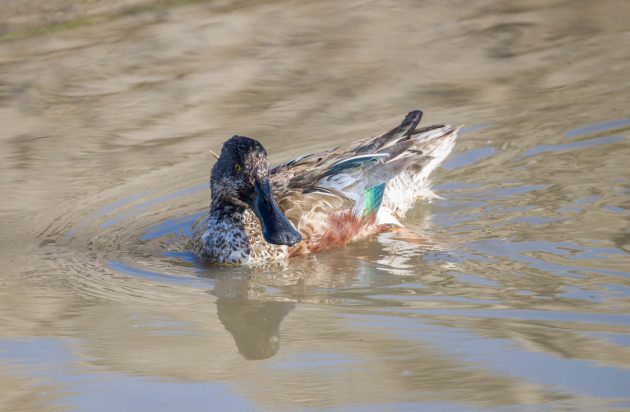
If you want to cheer up Kaily Meek and Drew Bender (presumably undergraduates at Metropolitan State University of Denver), you might want to view their online paper “Dynamics of cooperative feeding in northern shovelers”. At the moment, the stats for this paper are (grammatically incorrect) given as “Views: 1).
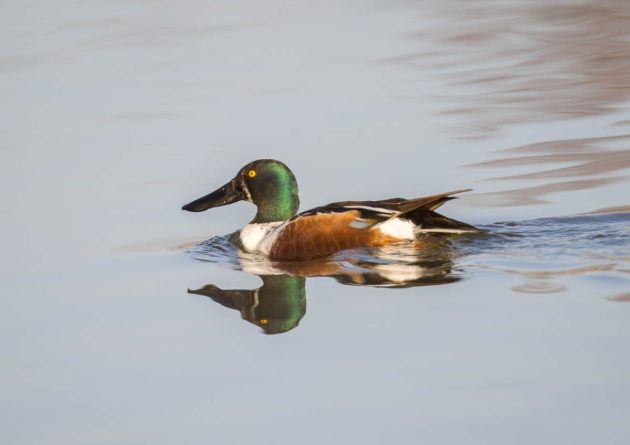
It is hard to mention a paper on the displacement of Little Egrets at high-quality locations within the nesting colonies without using the old and rather tired joke of “Location, location, location”. Particularly as it seems to be true – Cattle Egrets exclude Little Egrets from the best (most central) spots in heronries, which leads to lower breeding success.
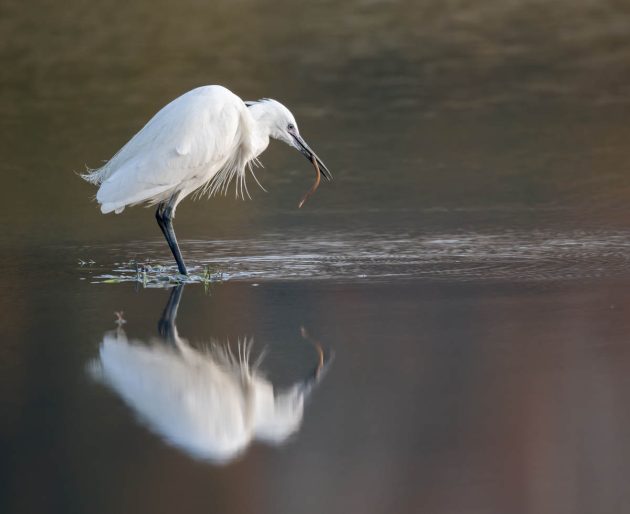
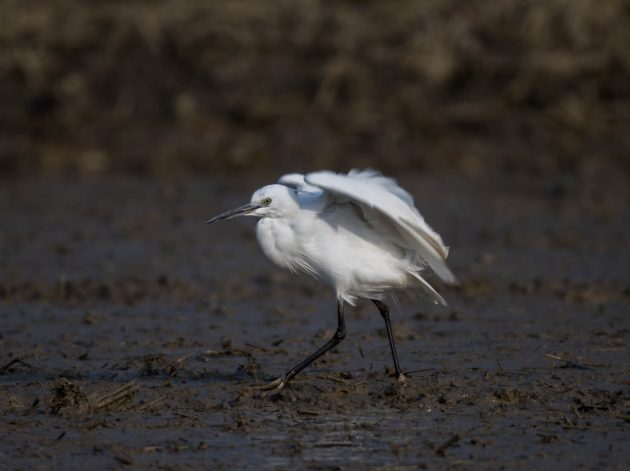
Apparently, in Europe Bramblings are the species appearing in the largest flocks and are thus “an interesting case study for discussing number estimates” (source). This is not an issue here in Shanghai – I have only seen them in very small groups this winter.
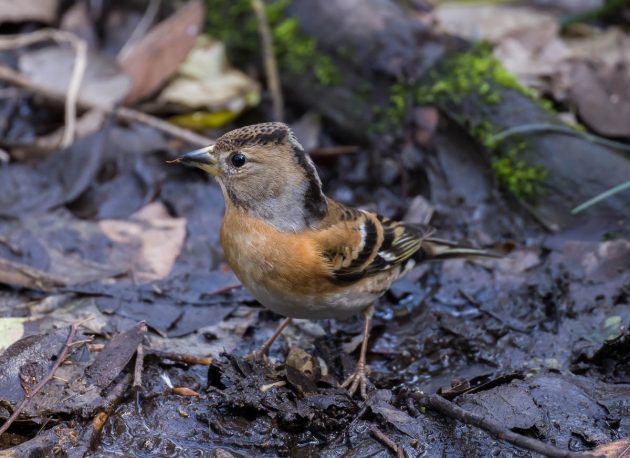
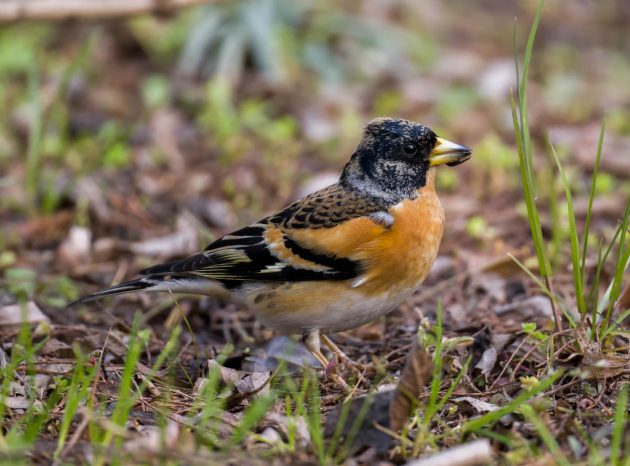
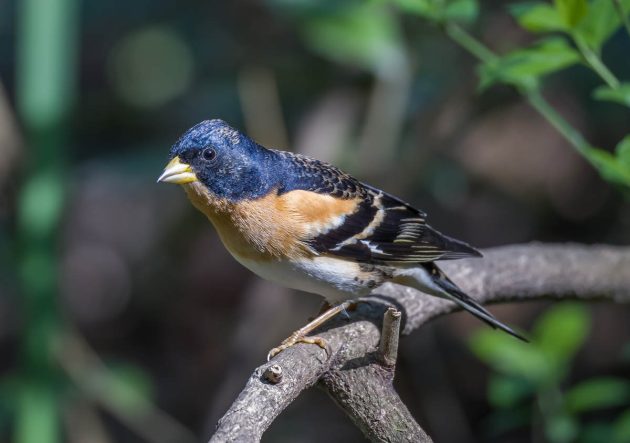
In my (fortunately rather limited) experience, Chinese karaoke singers adapt their singing based on the chosen song, the audience, and the amount of alcohol in their blood. Similarly, Oriental Magpie-Robins adapt their song to the environment (urban or rural) by varying parameters such as frequency, length of strophe, the interval between strophes, and the number of elements per strophe (source).
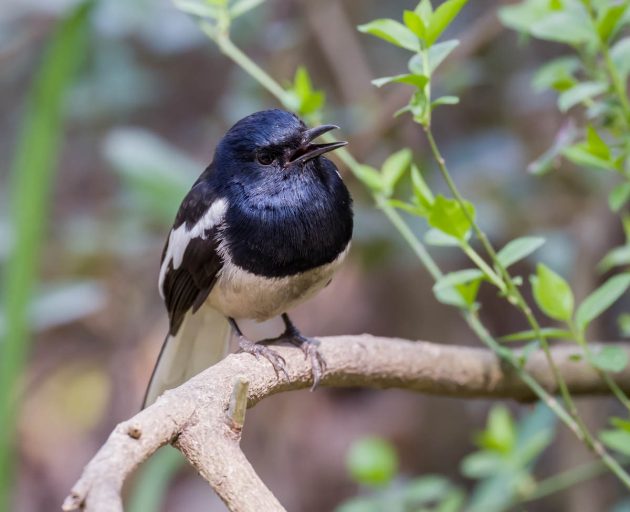
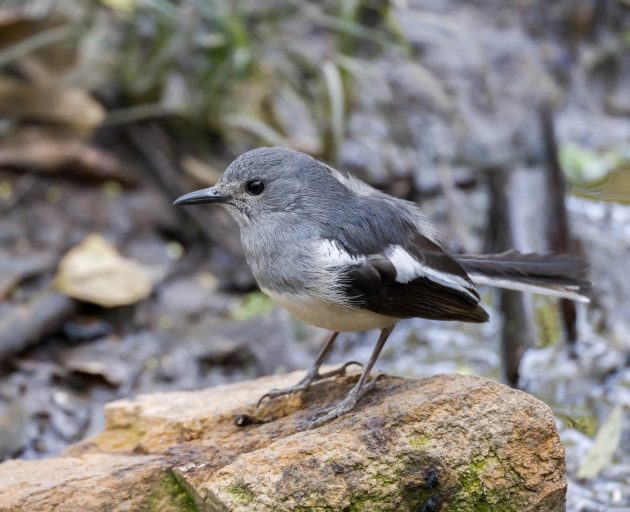
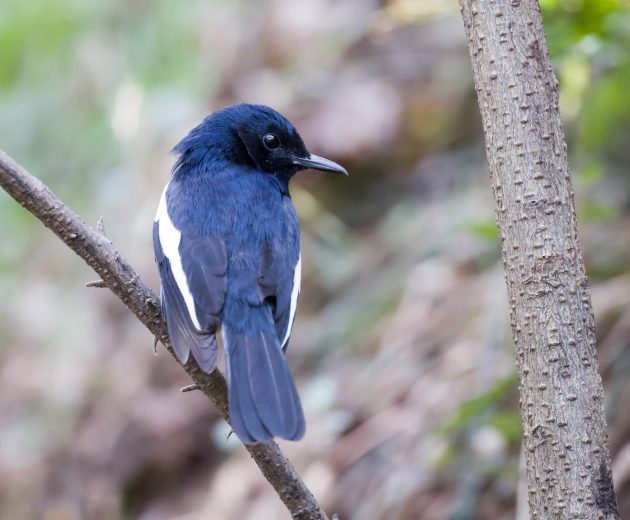
Scaly-breasted Munias seem to be fairly eclectic in their choice of habitat. One paper describes them living in the cemeteries of Yogyakarta in Indonesia.
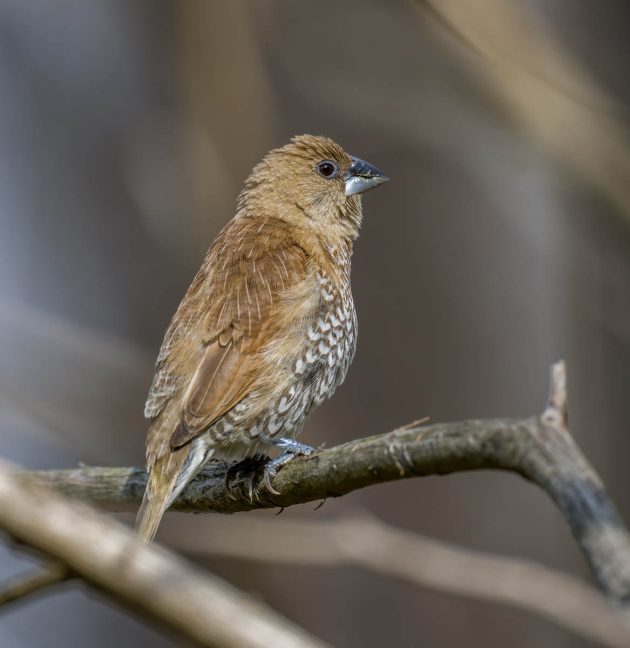
The lead author – presumably due to the huge success of the paper “Public cemetery as a bird habitat in Yogyakarta, Indonesia” – then prepared a sequel paper, “Campuses in Yogyakarta as a bird habitat” and (surprise) also found Scaly-breasted Munias. Most students would probably see themselves as different from dead people, but the munias do not seem to make such a distinction.
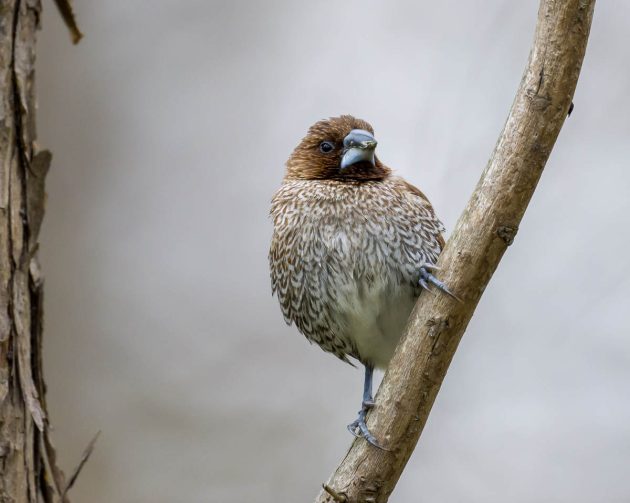
Scaly-breasted Munias are probably fans of Christopher Hitchens, who stated that “religion poisons everything”. The species is one of the most targeted for the merit bird trade – birds that are captured for money and then sold to (Buddhist) believers who release the bird in an attempt to gain merit.
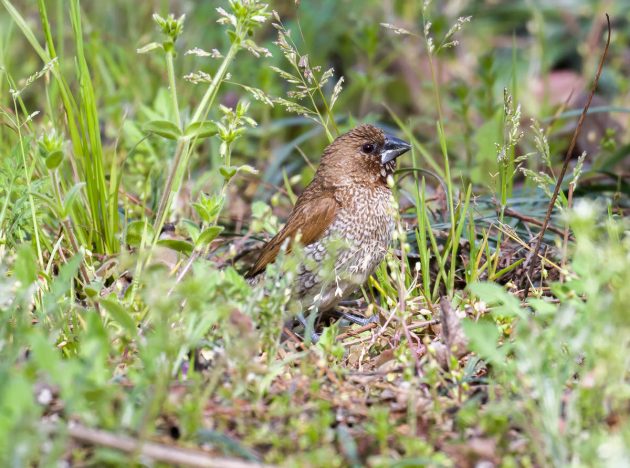
Of course, for the birds involved, this often leads to death. Ironically (and personally, given that I am not particularly fond of the human race, also deservedly) this may help the spread of diseases carried by birds, such as avian influenza (source). Fortunately, some Buddhist temples at least in Thailand have now spoken out against the practice (source).
The Scaly-breasted Munia has a larger head size than the White-rumped Munia, and a research paper speculates that this is a reason for its wider distribution range.
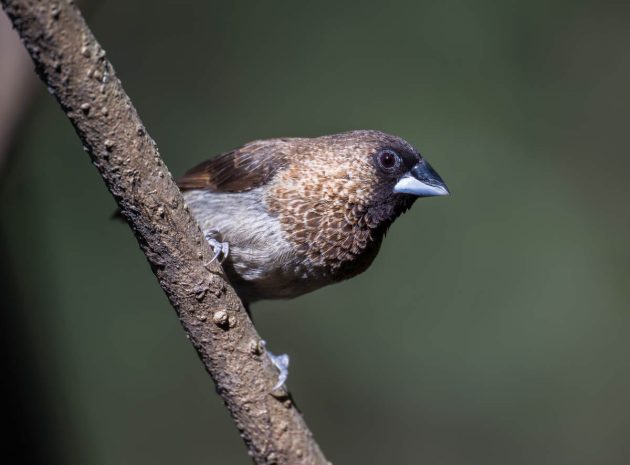
The wider distribution range also seems to have an impact on the length of each species’ Wikipedia entry – the one for the White-rumped Munia is only about one-third of the length of the Scaly-breasted Munia.
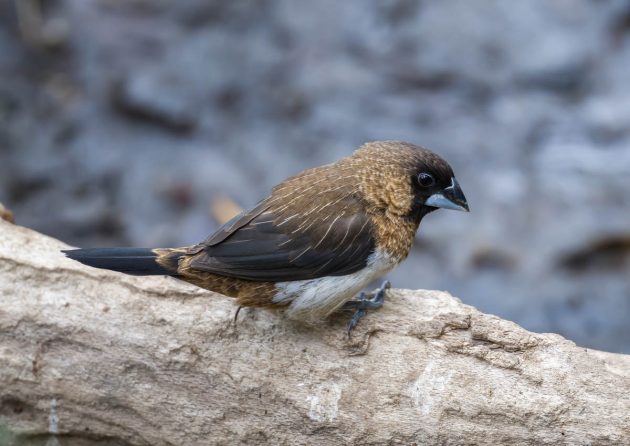
While you may have heard about problems in China’s construction industry, spring brings some hope to the sector – as evident from this Silver-throated Bushtit …
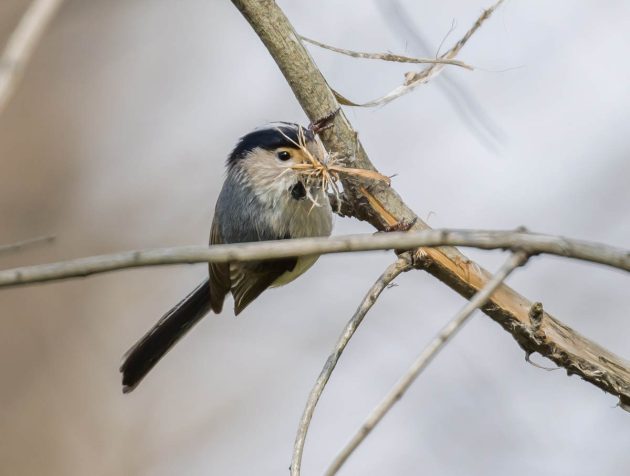
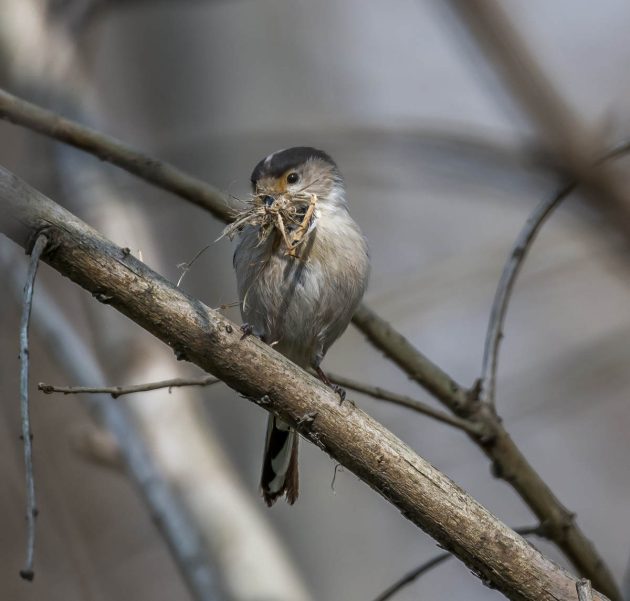
… and this Grey-capped Greenfinch.
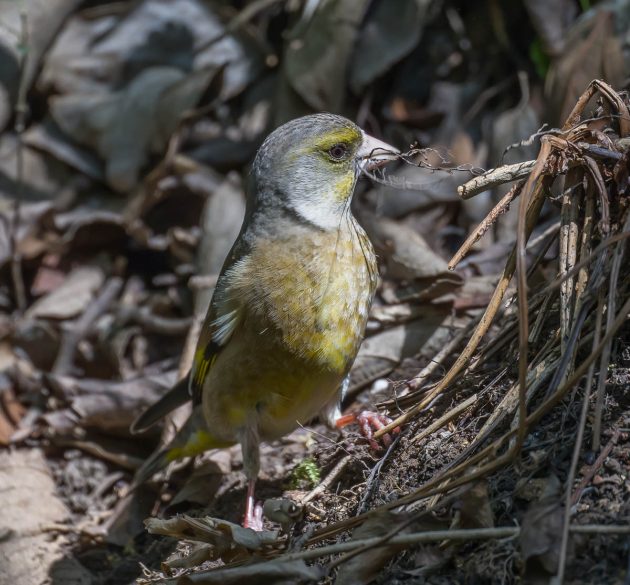
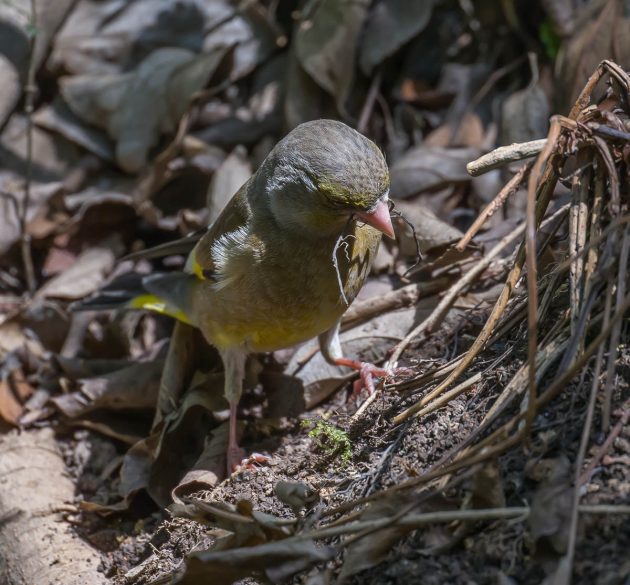
Apparently, there once was a Buick model named Buick Skylark. From the photos I have found online, it is quite a showy car – unlike the birds named skylark, which tend to be described as “a rather non-descript species” (source) or “inconspicuous” (eBird). The common skylark species here in Shanghai is the Oriental Skylark, a bird with the dubious honor of being mentioned last in this months’ post.
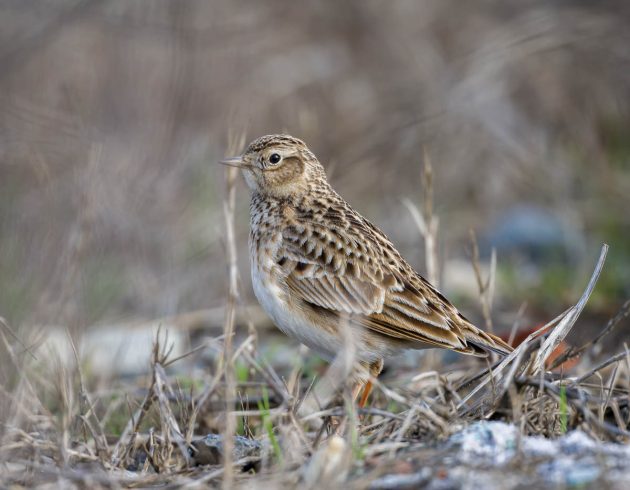
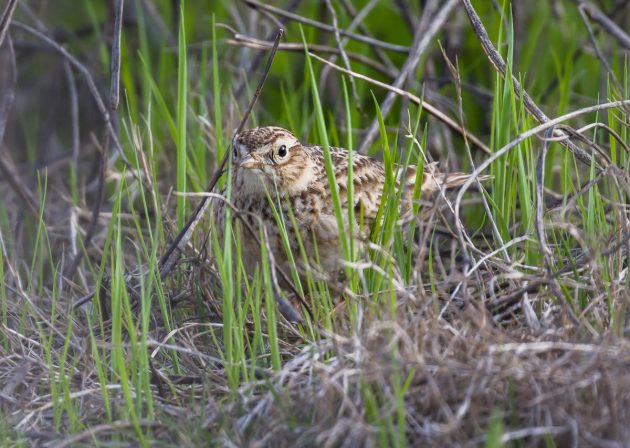
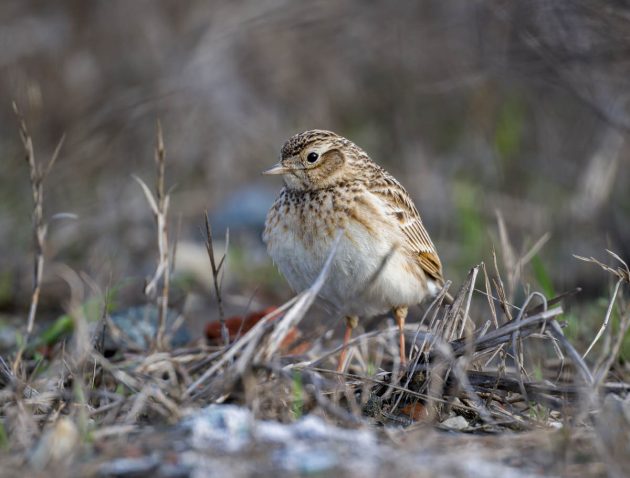
[ad_2]
Source by [author_name]



